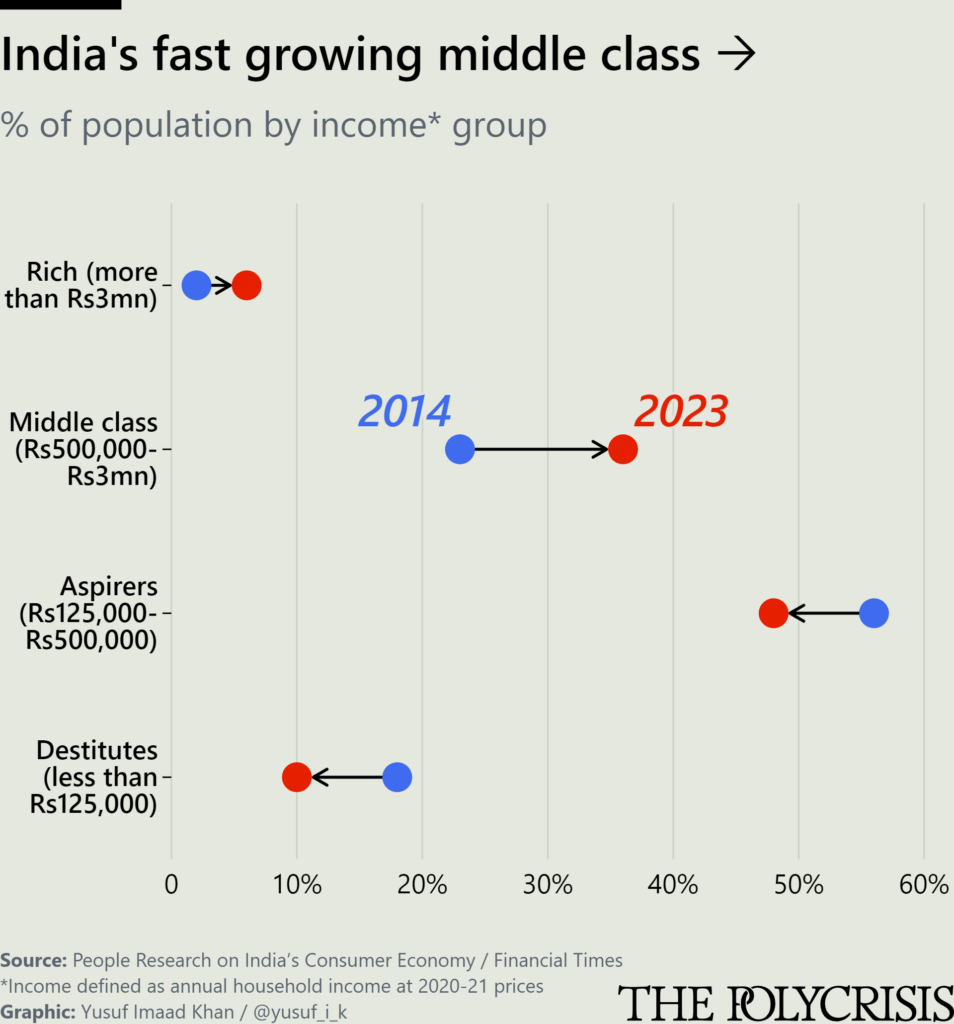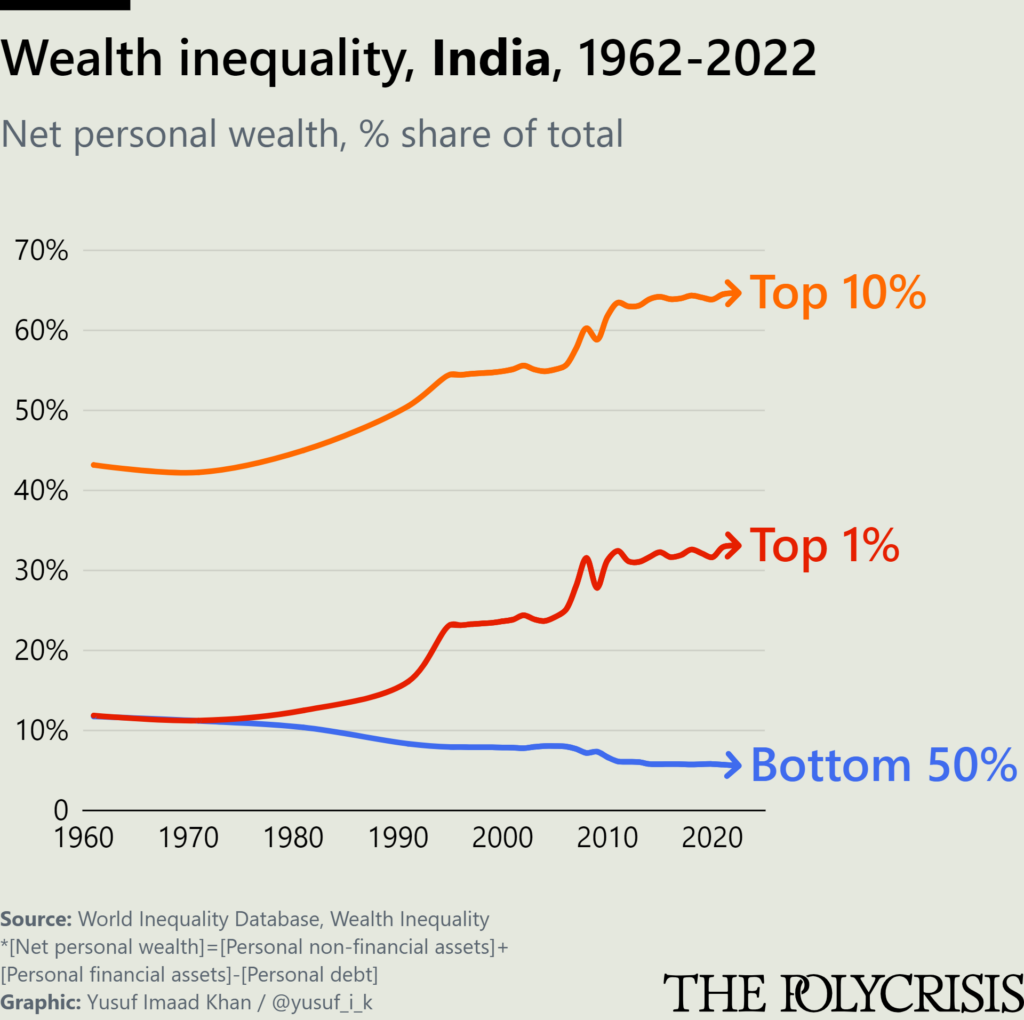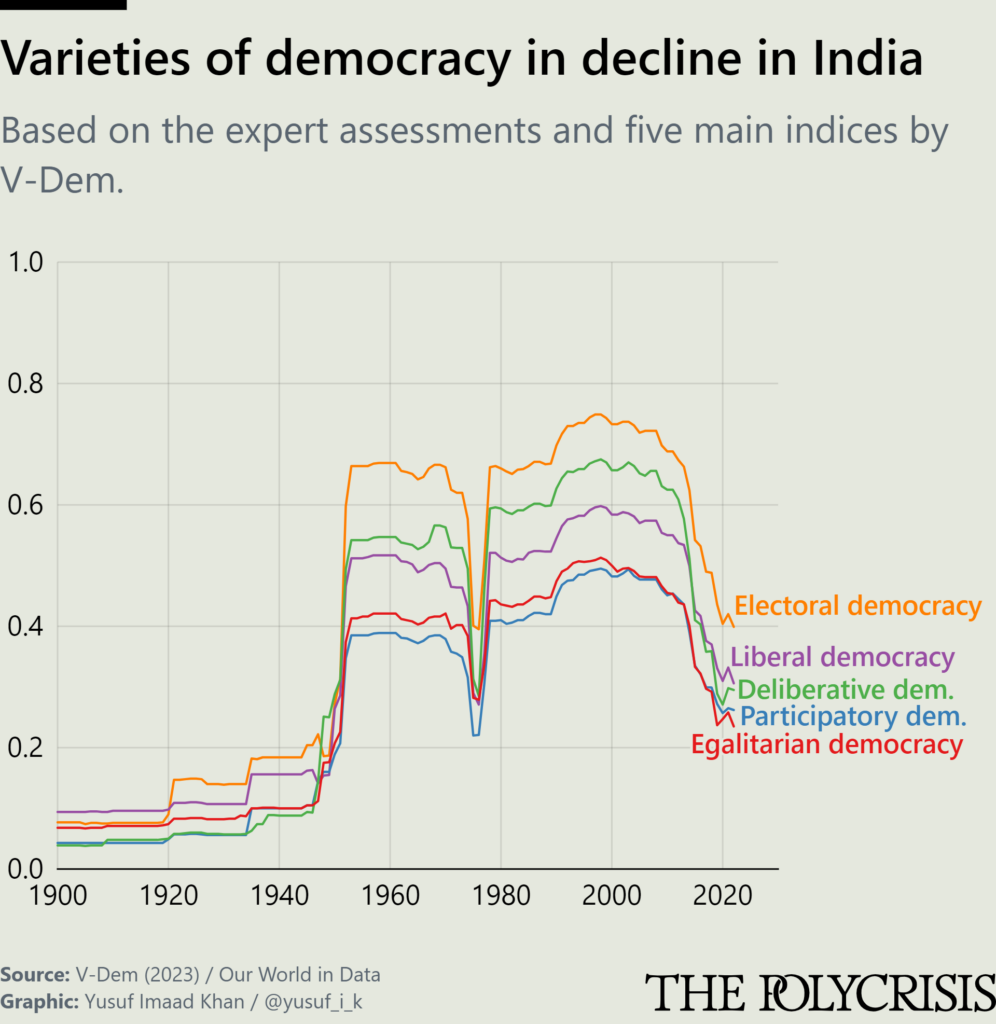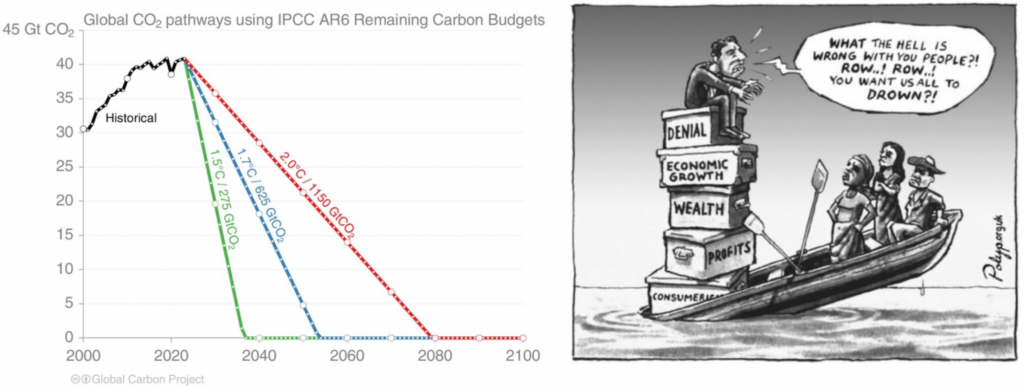The Structure of the US Treasury Market
Comments Off on The Structure of the US Treasury MarketResponding to market instability, US regulators have mandated that Treasury and repo transactions be cleared through clearinghouses. The prevailing understanding attributes this instability to the behavior of alternative investment funds like hedge funds engaging in “basis trades,” framing liquidity as the key issue in the Treasury market.
In the following interview, Mohsen Fahmi questions this assumption. Fahmi is a veteran multi-asset fund manager with extensive experience managing global portfolios. He was the lead manager for all of Pimco’s enhanced equity portfolios (StocksPlus) as well as a member of its Dynamic Bond team. He was also a member of Pimco’s investment committee, which sets parameters and risk targets for the entire firm’s portfolios. He recently retired from Pimco—one of the world’s largest fixed-income investment firms with assets totaling $2 trillion— after a career in trading and investment management that spanned thirty-five years. Previously, Fahmi spent eleven years at Moore Capital Management and held positions at Salomon Brothers, Goldman Sachs, and J.P. Morgan. He currently serves as one of the nine Board of Guardians for the Sarawak Sovereign Wealth Future Fund.
Below, Fahmi and Elham Saeidinezhad discuss the structure of the US Treasury market—the largest segment of the fixed-income market. This interview accompanies Saeidinezhad’s investigation of the US Treasury market, part of her ongoing series studying market microstructures.
An interview with Mohsen Fahmi
ELHAM Saeidinezhad: Let’s start with your perceptions on the evolution of the fixed-income market since you began managing it in 1986.
mohsen fahmi: I can primarily comment on the Treasury market, the most critical component. Nothing else in fixed income can work without a well-functioning, liquid, deep Treasury market. Any market brings together actors with varying objectives, capital requirements, risk tolerance, and constraints. When designing a market structure, regulators must account for these sometimes-competing interests and continue to adapt and correct imperfections over time. The market is so dynamic and changing that even if [regulators] believe they have designed a well functioning market, they should still learn from the market’s evolution over time.
Es: What is the most critical change in the Treasuries market structure?
MF: When we look at Treasury markets, one obvious fact is that Treasury debt has exploded in recent years. In the early 1960s, the amount of Treasury debt held by the public—excluding government entities—was about $260 billion.
Es: Who was holding those debts at the time?
MF: It was held through pension funds, banks, and mutual funds, as well as individuals. Today, that same measure is $26 trillion. So, there’s 100 times more debt in public hands today compared to sixty years ago (even if we look at the ratio of debt-to-GDP, the numbers remain impressive).
Es: This raises a question about market structure. Who are the most important players?
MF: Primary dealers are essential in this ecosystem. In the US, “primary dealers” like banks and securities firms are authorized to deal directly with the Fed in bidding for auctions and buying and selling securities. Back in the 60s, the number of primary dealers was eighteen. By 1988, the number of primary dealers peaked at forty-six. Since then, the number has declined due to mergers or bankruptcy (think Lehman Brothers or Merrill Lynch). As a result of these tendencies, the number of primary dealers fell back to seventeen in 2008 and has stabilized at twenty-four since.
Es: From a financial stability perspective, how should we interpret this change involving primary dealers?
MF: One of the critical issues in the Treasury market today is that the size of the debt has exploded one hundred times, while the number of dealers has mostly stayed the same. This is true of any market: if I told you that the demand for meat or vegetables has grown by one hundred fold, but we have the same number of supermarkets, you would sense that something doesn’t add up. We are set up for friction and market dysfunction.
Es: This is extremely important. In financial theories, these so-called “sunspots” or market frictions are considered bugs, not features, of the system. However, we acknowledge that the mismatch between the growth rate of Treasury debt and the number of primary dealers has been a fixture of the system and, indeed, a financial friction.
MF: In the aftermath of 2008, Congress and the public wanted to ensure that a collapse of that nature would never happen again. We got 500 pages of regulations intended to protect the banks from themselves and thereby protect the government and the public from incurring losses to bail them out. But as with anything in life, there were unintended consequences.
Es: Could you elaborate on the role of the Dodd-Frank Act in this context? This is crucial, especially given the SEC’s recent efforts to further regulate the Treasury market. It is essential to learn from the lessons of Dodd-Frank during this pivotal moment for the Treasury market structure.
MF: Dodd-Frank said that banks and dealers should not take proprietary risk but only facilitate customer transactions. That was meant to smooth the market so that it doesn’t fluctuate dramatically between good and bad days.
Es: In other words, regulators aimed to increase market liquidity by changing dealers’ behavior. The idea was that if dealers focused on customer trades rather than proprietary trading, it would lead to a deeper market.
MF: The unintended consequences of Dodd-Frank were that those banks no longer smooth out the price action in the market. Therefore, you have air pockets in which the banks step back and effectively stop selling or buying, leaving investors who wanted to trade unable to readjust their risk exposure or hedge themselves. This has impacted market liquidity. No one can buy or sell if the Treasury market freezes and stops trading.
Es: Another vital shift in Treasury market structure.
MF: These are indeed two significant shifts in the structure of the Treasury Market—a fewer number of dealers and less ability to take risks.
Es: How should we solve that?
MF: One way would be for the Fed and the Treasury to intervene as the buyer and seller of last resort. When the markets stopped functioning in March 2020 during the Covid pandemic, the Fed came through with temporary measures to introduce liquidity to the market. But for most Western countries there are better solutions than this. You want the government to refrain from intervening, whether temporarily or permanently, to fix the most important price in the market, which is the price of money.
Es: To reiterate what you mentioned, the Fed acting as the dealer of last resort, which has become standard, should not be considered a preferable approach in advanced capital markets and economies.
MF: A preferable solution would be to allow and encourage nonbanks or non-primary dealers to take that risk—welcoming hedge fund participation or even private individuals. If we don’t want the public sector to absorb the risk, and we don’t want the banks to take that risk, then it has to be someone other than the banks.
Es: This is very interesting, and I agree: we need more hedge funds and private funds present, rather than less, in the Treasury market. This is especially important given that one of the critical drivers of the current wave of Treasury market regulations is to curb hedge fund presence.
MF: There is also a third option, which is to move away from the intermediaries. With new technology, we can connect buyers and sellers directly. So if PIMCO is buying and BlackRock is selling, why do we need Morgan Stanley, JP Morgan, or Goldman Sachs to be an intermediary and absorb the risks? This hasn’t happened yet because of information discovery, privacy or competition concerns, and protection against the credit quality of counterparty risk. All of this can be handled by financial technology.
Es: Would we transfer this role from a financial institution to tech companies in this case?
MF: The line of demarcation between financial and tech is blurry and arbitrary. Apple has Apple Pay, and banks have massive investments in technology.
Es: I want to connect this point (the third solution) to the first (the public solution). Some people might prefer the Fed as a key player rather than Silicon Valley in the US Treasury market. Please elaborate on why you think the first option is still less appealing compared to the third option.
MF: After 2008, the Fed, along with most other central banks, cut interest rates to zero (in the case of Europe and Japan, they were negative). That wasn’t enough, so they did quantitative easing by buying billions and billions of securities from the market to drive down long rates (for mortgages, corporations, and so on). When they saw that even this wasn’t enough, they came up with the idea of “forward guidance,” which promises low rates for a given period in the future.
This is problematic because no one knows what the future will bring. Nonetheless, market participants generally believed those authorities. But sooner or later, the fundamentals changed: we had one or two percent inflation that subsequently exploded in a very short period of time, peaking at nine or ten percent. And I think many of these institutions are now regretting their decisions.
US mortgage rates have gone from 2.5 percent to 7. 5 percent. I think that is disastrous, and it could have been prevented if forward guidance hadn’t superficially pegged rates to 2.5 percent in the first place. They might have been 4 percent because the market needed to build a risk premium against the future. If you allow market forces to work, the process may be noisy in the short run, but that’s not bad. In the medium to long run, it will be smoother.
ES: Let us now connect this dynamic, which essentially involves how yield curves are shaped, to the role of fixed-income portfolio managers. Fixed-income portfolio managers play a fundamental role in the financial system, yet there needs to be more familiarity with their role. How do these interventions impact your role as a portfolio manager?
MF: When central banks announce lower rates, as a portfolio manager, you are torn between knowing that the rates will remain low for a while and yet also knowing they will ultimately rise from artificially low levels. And so you want to be careful and use your own fundamental assessment of the appropriate monetary policy. That leads to tension.
Ideally, for a well-functioning market, you want a balanced market. Balanced means you want some people to be bullish, some to be bearish, some to be long, and some to be short. This requires diversity of opinions and diversity of objectives. The reduction in the number of dealers has also meant a reduction in this diversity. The analysts are also using the same data and models taken from the Fed and analyzing it in the same Excel spreadsheets. So we end up with less diversity of opinion and, therefore, a less balanced market.
Additionally, over the last twenty years or so, there’s been an explosion in passive money management, using exchange-traded funds (ETFs) and so on. When a substantial percentage of the market is passive, the market size that gets traded is relatively small, destabilizing the market. So all of these factors together result in a less balanced market. That explains why the ten-year Treasury can go from 1 percent a couple of years ago to almost 5 percent.
ES: This is amazing. So, the dual function of having fewer dealers and more ETFs is reducing the diversity of opinion, which is a crucial aspect of the price discovery process in the fixed-income market. I haven’t seen anyone else connecting these two points.
This increases the price risk in the market. The primary type of such risk in the fixed-income market is interest rate risk. Has the derivatives market caught up in providing hedging solutions to protect investors against these new market risks?
MF: Derivative markets play a vital role. Generally speaking, they are deep enough to provide investors with many ways to hedge and adjust exposures. In general, they’re performing reasonably well. But again, there are unintended consequences. The accounting profession has a sure way to treat hedging. If you don’t show that hedge A is associated with security B, you cannot offset them against each other. Sometimes, this drives investors or even corporate CEOs to avoid hedging because they’re concerned about the accounting consequences. So you get a chasm between the economic consequences of a hedge versus the accounting consequences of a hedge.
The second piece is that ideally you want a “complete” market—a market in which you can hedge any security against any outcome for any period. Arguably, the treasury market is becoming less complete. In the 1980s and 90s, you could buy and sell options on specific Treasury bonds. That market of Treasury options no longer exists. Instead, options trading has migrated to the futures exchanges. So you can buy options on bond futures but not on specific bonds. Without getting too much into the weeds, a “ten-year” note contract is actually driven by a seven-year treasury bond, which creates anomalies.
Es: Why has the option and other interest rate hedging market segments disappeared, and why is there no option for a ten-year future?
MF: The concept is the cheapest to deliver for any future contract. If I sell you corn to be delivered in Kansas City, we may need to know exactly what variety of corn I can provide. There’s a conversion matrix that assigns a price for each possible variety. But because these are not set in stone, the seller of a futures contract always delivers the lowest quality per dollar. So it happens that the ten-year contract when it was created was a ten-year contract. However, because rates have been declining for the last forty years, delivering the shortest possible bond within the maturity bucket was always advantageous. That caused the ten-year note contract to effectively shrink to seven years. The Chicago exchanges tried to invent a ten-year contract, but it kind of fizzled. That’s because everyone is familiar with the seven-year contract, and it isn’t easy to get people to switch.
Es: Why did the options on the cash Treasuries disappear again?
MF: If an investor buys a put option on the ten-year Treasury and I’m working as an options trader at JP Morgan, I will sell them that option but hedge myself by going short on that security. Since I’m carrying two sides of the trade, and it requires me to be able to borrow, the repo market needs to be well functioning. And when you do a repo, you’re taking counterparty risk. In addition, the balance sheet gets bloated with both sides of the trade. So, over the years, that market has essentially disappeared.
Es: Would you elaborate on this point? Can we say that the push for counterparties is a factor in the disappearance of the options market and that the push for standardization might have the sort of adverse impact you’re describing?
MF: Yes. Standardization is good, but you can only standardize a limited number of securities. The equity market is complete right now because if you as an investor want to buy or sell a call option or a put option on Google, I’m not going to tell you Amazon is like Google. They may be similar in some respects, but they’re different. Contrast that with the Treasury market, where any strategist will tell you that an eight-and-a-half-year bond is almost identical to a ten-year bond. That makes it more efficient to have three or four or five hedging instruments rather than a hundred or 200 instruments with insufficient liquidity.
Es: From a financial stability perspective, what are the consequences of this market imbalance?
MF: This is a vulnerability in the making that we are already seeing. In March 2023, we had the regional bank crisis, where several huge regional banks collapsed in a span of days. Why did it happen? It’s not because they made bad loans. It’s not because they were speculating in the stock market. It’s not because they lent money to a developing country that went under. It was because they bought Treasury bonds. Why did they have such huge imbalances? Partly because the CEOs of those banks believed the promises of the various monetary authorities that rates would be low forever. And so, they were happy buying bonds at 1.5 percent, not realizing they would suffer a considerable loss when they went to 4 percent. But the imbalances are also partly because of their unwillingness or inability to deploy effective hedges.
Banks have a held-to-maturity account, they have an available-for-sale account, and they have a trading account. And once you put bonds in one account, you’re not supposed to move them from one to the other. Otherwise, your accountants will not be happy. The IRS may be unhappy. Therefore, they put many of those bonds in a held-to-maturity account to avoid the unfavorable market-to-market. But by doing that, they got stuck with them. And so they couldn’t sell them after they fell five points. They had to wait until they fell thirty points, and in the process, they went bankrupt or got taken over for a nominal amount.
Es: This is a fantastic point and a very different perspective from the mainstream view of a cascade of bank failures: banks failed partially because they believed in the Fed and its forward guidance.




